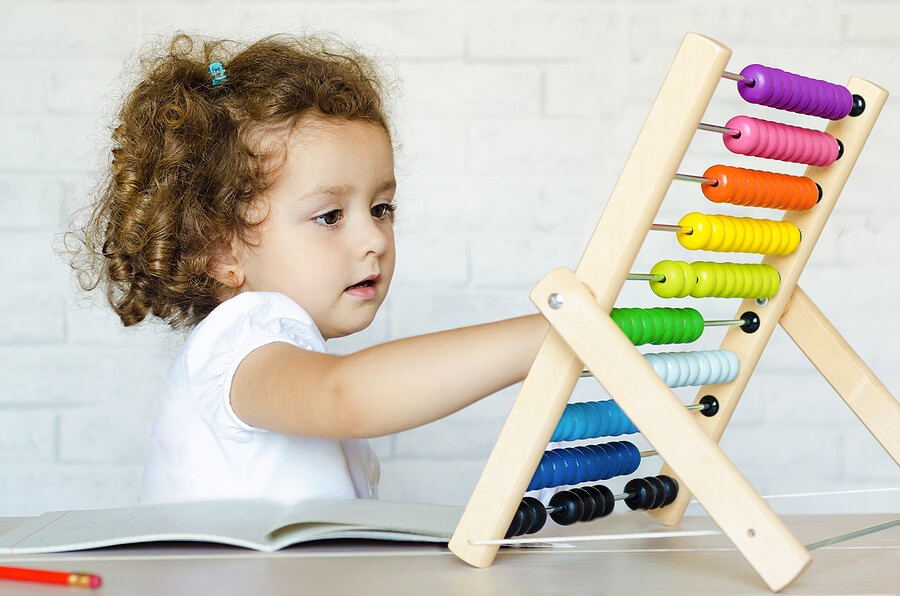
An important lesson for preschool students to learn is that math is a part of everyday life. Examples of how we use math in practical life begin in the kitchen, at the store, and in just about everything we do. Incorporating practical math applications at an early age prepares children to use math regularly as they get older.
Measuring Volume
Preschool children learn that recipes use math. Learning to measure ingredients now teaches children the foundations of measuring volume and quantity. It also helps them learn the importance of math in things like calculating servings. From setting the table to preparing the meal, math abounds in the kitchen — which is all part of practical life and the Montessori method.
Learning About Coins
Another area of practical life that requires an understanding of math is the act of buying things. By teaching children what the names of the coins are and the math that goes with making purchases, you are giving your child a headstart on real-world living. Handling coins is too advanced for younger children, but kindergarten is the right age to become familiar with money and how it is used.
Math Is Everywhere
Just pointing out the ways that math can be useful is an activity in itself. Your daughter can count her friends, count the number of dogs people own on your street, learn to tell time, and discover the magic of addition, subtraction, and simple multiplication. Math is even a portable game, such as counting only blue cars on a road trip.
The need for math in the modern world cannot be understated. Children need to be able to add and subtract, and to understand the processes involved in performing basic math skills. These basic forays into mathematics will be expanded on in later years, but the foundations should be imparted as early as is practical for your child.